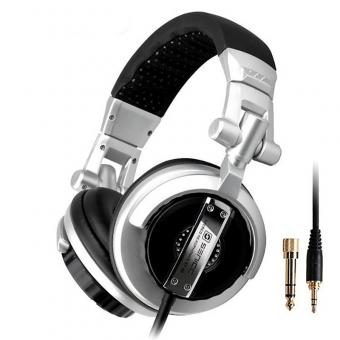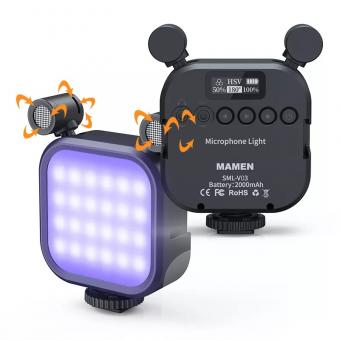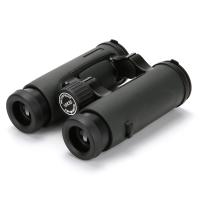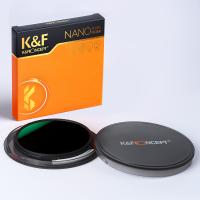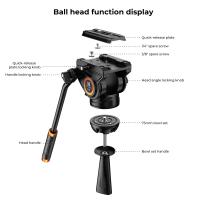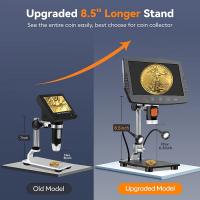What Is A Stereo Microscope ?
A stereo microscope, also known as a dissecting microscope, is a type of microscope that provides a three-dimensional view of the specimen being observed. It uses two separate optical paths with two objective lenses and two eyepieces, which allows for a wider field of view and greater depth perception. Stereo microscopes are commonly used in fields such as biology, geology, and electronics for tasks such as dissection, inspection, and assembly. They are also popular in education settings for teaching purposes.
1、 Magnification
What is a stereo microscope? A stereo microscope, also known as a dissecting microscope, is a type of microscope that provides a three-dimensional view of the specimen being observed. It is commonly used in fields such as biology, geology, and electronics for examining larger specimens that cannot be viewed under a compound microscope.
The stereo microscope works by using two separate optical paths that provide slightly different angles of the specimen. This creates a three-dimensional image that allows for better depth perception and spatial awareness. The magnification of a stereo microscope typically ranges from 10x to 40x, although some models can go up to 200x.
One of the latest advancements in stereo microscope technology is the addition of digital imaging capabilities. This allows for the capture and analysis of images and videos, making it easier to share findings and collaborate with others. Some models also come with built-in LED lighting, which provides better illumination and reduces the need for external light sources.
Overall, the stereo microscope is a valuable tool for a wide range of scientific and industrial applications. Its ability to provide a three-dimensional view of specimens makes it an essential tool for examining complex structures and surfaces. With the latest advancements in technology, the stereo microscope continues to evolve and improve, making it an even more valuable tool for researchers and professionals.
2、 Optical System
What is a stereo microscope? A stereo microscope, also known as a dissecting microscope, is a type of microscope that uses two separate optical paths to provide a three-dimensional view of the specimen being observed. This type of microscope is commonly used in fields such as biology, geology, and electronics, where the ability to view objects in three dimensions is important.
The optical system of a stereo microscope consists of two separate objective lenses, each with its own eyepiece. This allows the user to view the specimen from two slightly different angles, which creates a three-dimensional image. The magnification of a stereo microscope is typically lower than that of a compound microscope, but the field of view is much larger, making it easier to observe larger specimens.
In recent years, advances in technology have led to the development of digital stereo microscopes, which use cameras and computer software to capture and analyze images. These microscopes offer many advantages over traditional stereo microscopes, including the ability to capture high-resolution images and to share images and data with others remotely.
Overall, stereo microscopes are an essential tool for many scientific and industrial applications, allowing researchers and technicians to observe and analyze specimens in three dimensions with ease and accuracy.
3、 Illumination
What is a stereo microscope? A stereo microscope, also known as a dissecting microscope, is a type of microscope that provides a three-dimensional view of the specimen being observed. It is commonly used in fields such as biology, geology, and electronics for examining larger specimens that cannot be viewed under a compound microscope.
The stereo microscope has two separate optical paths that provide a binocular view of the specimen. This allows for a more natural and comfortable viewing experience, as well as the ability to observe the specimen from different angles. The magnification range of a stereo microscope is typically lower than that of a compound microscope, ranging from 10x to 40x.
One important aspect of a stereo microscope is illumination. Illumination can be provided by a variety of sources, including LED lights, fiber optic lights, and halogen bulbs. The type of illumination used can affect the quality of the image produced, as well as the color accuracy of the specimen.
In recent years, advancements in technology have led to the development of digital stereo microscopes. These microscopes use a camera to capture images of the specimen, which can then be viewed on a computer screen. This allows for easier sharing and analysis of the images, as well as the ability to capture time-lapse videos of the specimen.
Overall, the stereo microscope is a valuable tool for a wide range of scientific fields, providing a unique and detailed view of the world around us.
4、 Working Distance
What is a stereo microscope? A stereo microscope, also known as a dissecting microscope, is a type of microscope that provides a three-dimensional view of the specimen being observed. It is commonly used in fields such as biology, geology, and electronics for examining larger specimens that cannot be viewed under a compound microscope.
One of the key features of a stereo microscope is its ability to provide a larger working distance compared to a compound microscope. Working distance refers to the distance between the objective lens and the specimen being observed. In a compound microscope, the working distance is very small, which limits the size of the specimen that can be observed. In contrast, a stereo microscope has a larger working distance, which allows for larger specimens to be observed and manipulated.
The latest advancements in stereo microscope technology have led to the development of digital stereo microscopes. These microscopes use digital cameras to capture images of the specimen being observed, which can then be displayed on a computer screen. This allows for easier sharing of images and data, as well as the ability to manipulate and analyze the images using software.
Overall, stereo microscopes are an essential tool for many scientific fields, providing a unique perspective on the world around us. With the latest advancements in technology, they continue to evolve and improve, making them even more valuable for research and discovery.

